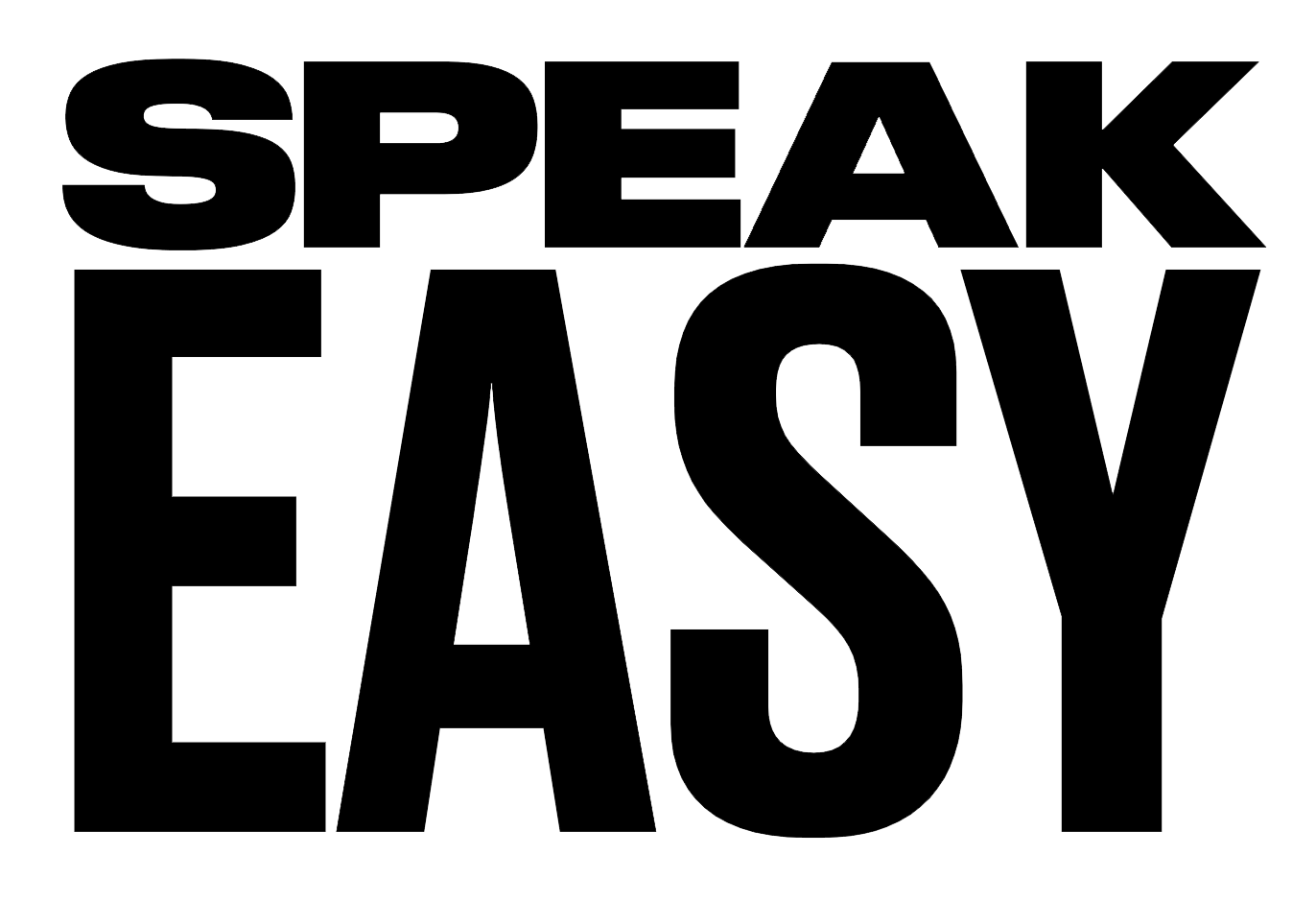Web3 Glossary
Web3 is an idea for a new iteration of the World Wide Web based on blockchain technology, which incorporates concepts such as decentralization and token-based economics.
Web3
Mainnet
short for main network, this is a main layer 1 blockchain, as opposed to a testnet or layer 2 solution.
Web3
Market Cap
the total value of an asset based on its current market price. A cryptocurrency’s market cap is found by multiplying the price of a single coin by its circulating supply.
Web3
Master Node
a blockchain node that verifies and relays transactions, stores the blockchain’s complete history, and may participate in voting, governance of the blockchain, and other special operations. Master nodes generally operate on a collateral based system, similar to a Proof-of-Stake protocol.
Web3
Metaverse
a theoretical or emergent networked online space with digitally persistent environments that people inhabit, as avatars, for synchronous interactions and experiences, accessing the shared virtual space through virtual reality, augmented reality, game consoles, mobile devices, or conventional computers.
Web3
Mining
in a Proof of Work system, this is the process of verifying transactions, organizing them into blocks, and then adding blocks to the blockchain. Participants who perform this process are called miners.
Web3
Minting
the process of validating information, such as domain ownership, and registering that onto the blockchain.
Web3
NFT Domains
domain names minted on the blockchain which allow people to govern their own data, set their Web3 username, take control of their digital worlds, and harness the power of the internet.
Web3
NFT Hot Take
Benny Martin, We are Volumes Chief Production Officer gives a hot take on the future potential uses for NFTs.
Web3
NFT Hot Take ft. Frank Cannata
Frank Cannata, We are Volume’s Chief Delivery Officer Gives A Hot Take on What Actually Makes an NFT Valuable.
Web3
NFT- Non-fungible token
a digital certificate of authenticity used to assign and verify ownership of a unique digital or physical asset. Unlike fungible tokens, NFTs are not interchangeable with one another.
Web3
Node
any device connected to a blockchain network. Different nodes have varying levels of responsibility, and may help validate transactions, store the blockchain’s history, relay data, and perform other functions. Because blockchains are distributed peer-to-peer networks, nodes come together to create the network’s infrastructure.
Web3
Non-fungible
unique; not interchangeable.
Web3
Oracle
a service supplying smart contracts with data from the outside world. Smart contracts are unable to access data that exists off-chain, so they rely on oracles to retrieve, verify, and provide external information.
Web3
P2P- Peer-to-Peer
a distributed network of two or more computers which interact directly without a central server or entity.
Web3
PFP
profile picture, usually referring to one of an NFT
Web3
PoS- Proof of Stake
a consensus mechanism that requires nodes, called validators, to stake a set amount of cryptocurrency on the blockchain in order to verify transactions and mint blocks. If a validator approves fraudulent transactions, then a portion of their stake will be slashed.
Web3
Potentially Promising
first used by Elon Musk to refer to planned upgrades to Dogecoin. Referring to something as being potentially promising quickly caught on, being used both sarcastically and in a serious manner, albeit tongue-in-cheek.
Web3
PoW- Proof of Work
a consensus mechanism that requires miners to complete complex mathematical puzzles in order to verify transactions and mint blocks. When a miner correctly solves a puzzle, they gain access to mint the next block and receive the corresponding block reward and transaction fees.
Web3
Private Key
an alphanumeric passcode required to withdraw assets from a blockchain wallet and authorize digital transactions. Because these private keys are long and difficult to memorize, wallets will generally associate them with a seed or recovery phrase that is easier to remember.
Web3
Protocol
the foundational software layer of a program. Protocol has become a general term used to refer to both layer 1 blockchain networks and the layer 2 applications built on top of them — Bitcoin, Ethereum, Uniswap, and Lightning Network can all be considered protocols.
Web3
Public Key
uses to point to your wallet address, this is an alphanumeric code that serves as the address for a blockchain wallet, similar to a bank account number. Other users can send digital assets to your wallet via your public key, but only you can access your wallet’s contents by using the corresponding private key.

